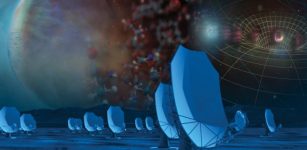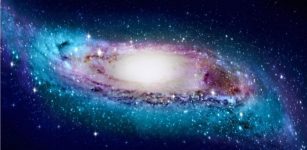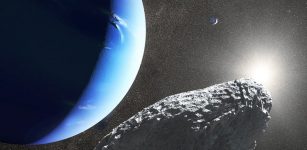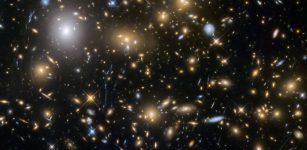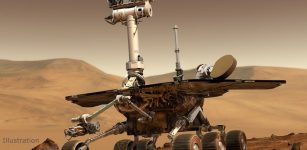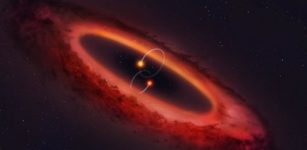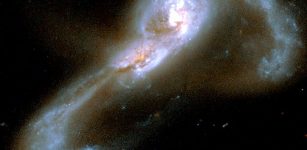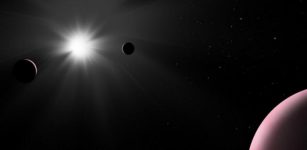Hubble Constant: Cosmologists Provide New Measurement Of Cosmic Controversy
MessageToEagle.com – The Hubble Constant – the local expansion rate of the Universe – is the cornerstone of modern cosmology and at the same time, one of the most debated cosmological topics.
Recently researchers from Institute of Cosmology and Gravitation of the University of Porthmouth analysed new data to provide one of the most accurate measurements of the Hubble Constant to date.
The Hubble Constant has a long and contentious history with famous disagreements between astronomers, with people still debating its value after nearly a century of measurements.
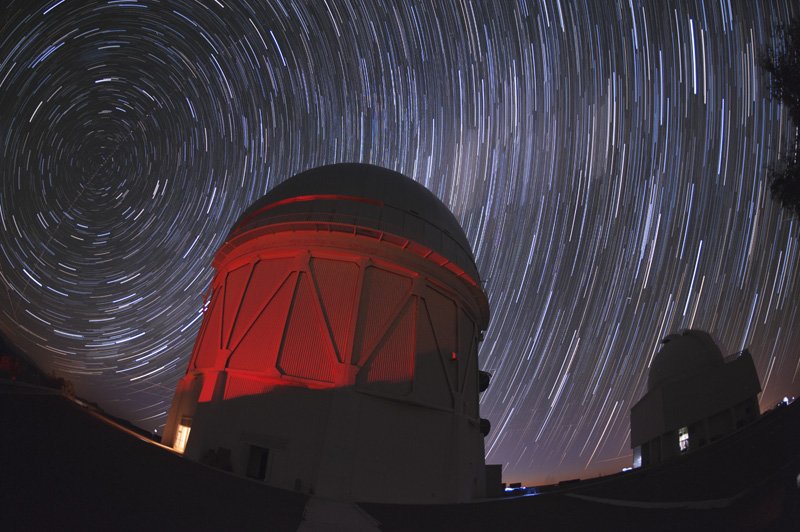
This expansion was first measured by Edwin Hubble in 1929 and is known as Hubble’s Law. A key part of this law is Hubbles’ Constant, which represents the exact expansion rate now (i.e., how fast space is expanding in our local cosmic neighborhood).
To obtain this new measurement, the cosmologists used a new methodology, the ‘inverse distance ladder’ method, to add new cosmological results using Type Ia supernovae from the Dark Energy Survey (DES) to existing distance measurements.
“We have used this new data, and new methodology, to obtain one of the most accurate measurements of this constant to date. In fact, I’m surprised how good it is,” Professor Bob Nichol, Acting Pro Vice-Chancellor (Research and Innovation) and co-author of the study, said in a press release.
“Our value agrees with many others, but does not agree with the Nobel Prize winning astronomer Adam Riess and his team, which leads to some tension. Or it could be telling us that we don’t really understand our local Universe, which would be fascinating.”
MessageToEagle.com

